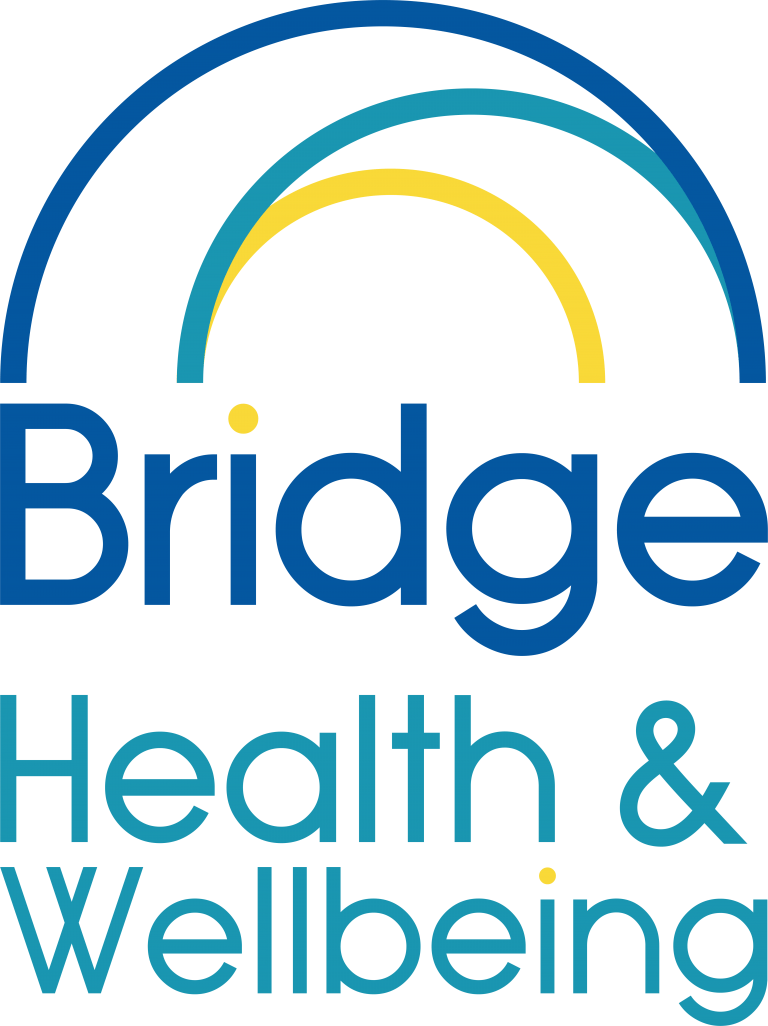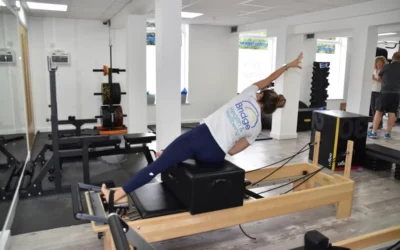Introduction
Hip osteoarthritis (OA) is a very common condition and is caused by the shiny white cartilage (articular cartilage) over the ends of the bones (acetabulum and head of the femur) wearing/thinning/being damaged. Once the cartilage wears through, the underlying bone is exposed. The condition usually affects people over 50 years of age but it can also happen in younger adults. The pain that hip OA causes usually develops quite slowly and gets worse with time.
Symptoms
The most common symptom of hip OA is hip/groin pain with potential referral into the thigh. You may experience pain when flexing the hip (bringing the knee to your chest) on activities like getting out of the car and putting your shoes and socks on. The hip might start to get stiff (especially first thing in the morning and after sitting for a long period) which can affect functional activities like walking, getting in and out of the car, bending down and turning over in bed. You may also start to notice that you are limping and struggling to bend down.
Examination
Once we have taken note of all your symptoms we will then perform a clinical assessment. We will look at how you walk and how your hip moves. We also test the strength around the hip and how you balance. If you have good going hip OA we can quite confidently diagnose you in the clinic and will then use investigations like X-rays to confirm the diagnosis.
Treatment options
We would always recommend that you try as many conservative measures as possible initially, once you have been diagnosed. Physiotherapy has been shown to be very effective as we can provide education, advice, activity management and appropriate exercises to help build strength and mobility. If the symptoms don’t improve with conservative intervention then more invasive techniques and even surgery would be considered, these include:
- Injection therapy – this would usually involve a very strong anti-inflammatory (corticosteroid) being injected directly into the joint, helping reduce inflammation and pain.
- Hip resurfacing (sometimes called a Birmingham hip resurfacing) – this is the surgery that Andy Murray very famously had this year. It is used in younger adults as far less bone is removed meaning more of the patient’s anatomy is left in place and allows potentially more movement and a higher-level function than a full hip replacement.
- Total hip replacement (THR) – this procedure involves removing the head of the femur and reaming out a new socket and replacing them with implants. This an extremely common procedure now and you have a 58% chance of it lasting up to 25 years.
If you would like any more information on hip osteoarthritis or have had hip surgery and would like some help and support with your recovery, please do get in touch. You can speak to our physiotherapist Paul or book your physiotherapy appointment at our health and wellness centre on Bridge Street in Christchurch, Dorset by calling 01202 473800 or booking online.

Paul O’Connell (MSC, BSC, HCPC, MCSP) is a physiotherapist with two decades of clinical expertise. He has worked right across the UK, from North Yorkshire and London to Hampshire and Dorset. Sports medicine is one of his areas of special interest: he has worked both on the touchline and in sports injuries clinics, and now lectures on the Sports Therapy programme at Bournemouth University. Having spent several years managing physiotherapy and health assessment teams in two key Nuffield Health hospitals, Paul also has an extensive understanding of orthopaedic surgery.



